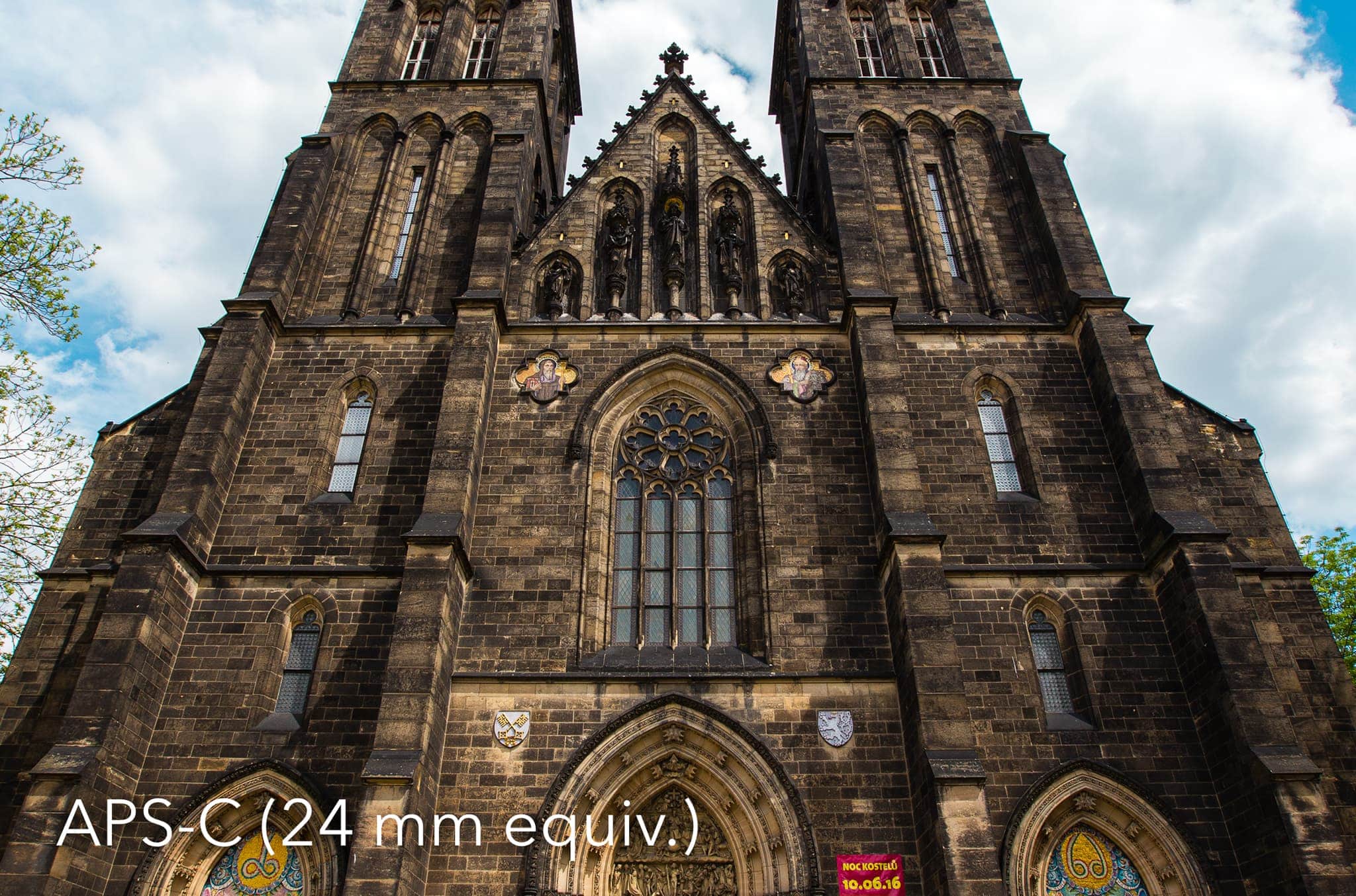In photography, the term format describes the dimensions of the imaging medium. Throughout most of photography’s history, photographic film has been the medium of choice. It was available in a vast variety of sizes to suit the different requirements of photographers. Three broad categories of film formats came to exist: large, available as sheets, and medium and small, available as rolls.
Film formats
Large format refers to any sheet film of 4×5 inches (102×127 mm) or larger. It was (and continues to be) used predominantly by serious artists and professionals whose work demands high resolution and detail, and precisely controlled rendering of perspective and depth of field. Medium format refers to any roll film producing a negative frame larger than 24×36 mm and smaller than 4×5 inches. Popular dimensions include 6×4.5 cm (commonly called “645”), 6×6 cm, and 6×7 cm, all derived from rolls of film with a width of 60.96 mm. It was the most commonly used format up to the 1960s. Small format generally refers to 35 mm roll film that produces a negative frame of 24×36 mm. It’s been the most widely used film format since the 1960s, enjoying mass adoption by consumers and photojournalists due to the variety, versatility, and ease of use of camera systems that supported it. In 1996, a consortium of photographic companies introduced an even smaller film format known as Advanced Photo System (APS). APS enjoyed some market penetration with amateurs but was primarily shunned by enthusiasts and professionals because of its smaller negative size of 16×24 mm, which showed lower resolution and more prominent grain than equally sized prints derived from 35 mm negatives.
Digital formats
Contemporary digital photography offers many choices of camera systems and image sensor formats. When DSLRs first appeared on the market, manufacturing image sensors equal in size to 35 mm film (24×36 mm) was costly. The industry responded by developing compatible cameras with smaller image sensors based on dimensions of the APS “classic” format (16.7×25.1 mm), known as APS‑C. DSLRs with APS‑C format image sensors retained lens mount compatibility with each brand’s existing 35 mm camera systems.
Unfortunately, this presented many photographers with a problem related to visualization. The 35 mm camera had been the most popular camera format for decades. During this period, photographers came to associate specific focal lengths with the angles of view they offered on that format—a 50 mm lens was normal, a 35 mm lens was moderately wide, an 85 mm lens was for portraits, and so on. As long as the format remained the same, focal lengths rendered scenes in predictable ways. Digital cameras with sensors smaller than 35 mm film drastically changed this predictable relationship.
A lens designed for the 35 mm film format produces an image circle large enough to cover the imaging area fully. When the same lens is mounted to an APS‑C camera, its image sensor records light from a smaller central region of the image circle, which effectively crops out a portion of the image that would otherwise be captured by the full frame of 35 mm film. This cropping results in a narrower angle of view than the lens would produce with a 35 mm full-frame camera.
Crop factor and focal length equivalence
The concepts of crop factor and focal length equivalence help photographers understand the angle of view produced by their small format digital cameras and lenses using a standard reference, the 35 mm full-frame format.
Crop factor, sometimes called the focal length multiplier, is the mathematical ratio of a 35 mm full-frame image sensor’s diagonal length (43.3 mm) compared to the diagonal length of the image sensor under consideration. Multiplying the focal length of a lens by the crop factor of a system produces the equivalent 35 mm full-frame focal length that would yield a similar angle of view. For example, if your Nikon APS‑C camera (crop factor 1.5) came with an 18–55 mm kit lens, its 35 mm full-frame equivalent focal length would be 27–83 mm (18×1.5=27; 55×1.5=82.3). Crop factor works in reverse, too. To determine what the focal length equivalent of a 35 mm full-frame lens is on a smaller format camera, divide the focal length by the crop factor. For example, if you wanted to reproduce the angle of view of a 28 mm film lens on your new Canon APS‑C camera (crop factor 1.6), you would require a 17.5 mm lens (28÷1.6=17.5).



